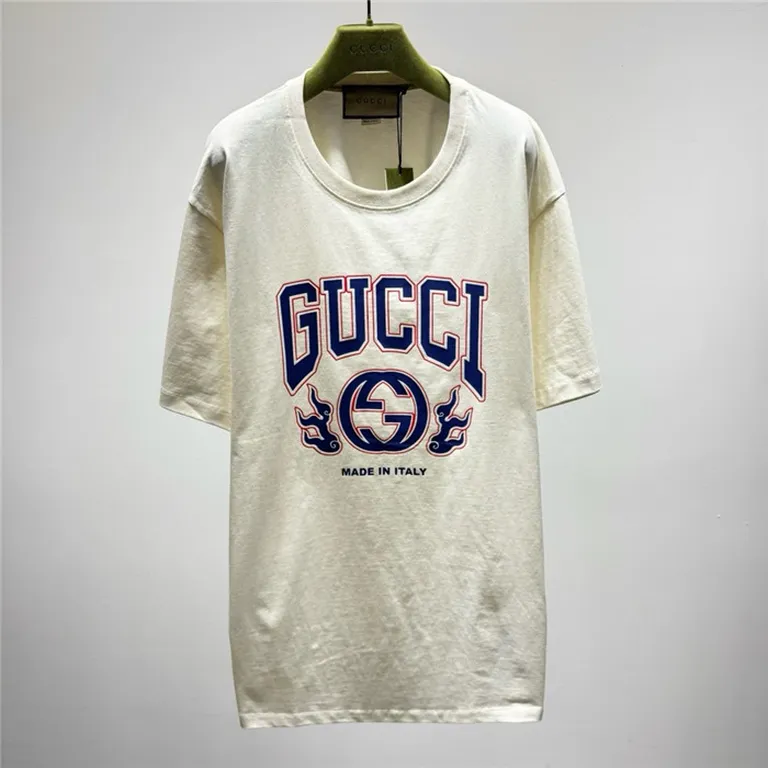The rise of high-quality replica clothing has sparked a revolution in a world where fashion trends shift faster than the seasons. Shoppers increasingly turn to these meticulously crafted alternatives as they seek style without breaking the bank. The allure is undeniable: luxury looks at accessible prices.
As we navigate this evolving landscape, it’s essential to understand how replicas reshape consumer culture and influence our choices in an age of fast-paced retail and sustainability concerns.
High-quality replicas challenge traditional notions of luxury and exclusivity with each stitch and seam. Are you ready to explore this fascinating new realm?
The demand for high-quality replicas
The demand for high-quality replica clothing has surged in recent years. Consumers are increasingly drawn to pieces that mimic luxury brands without the hefty price tag. This shift reflects a growing desire for style and affordability.
Social media plays a pivotal role in this trend. Influencers showcase stunning replicas, making them highly desirable among fashion enthusiasts. The allure of looking chic without breaking the bank is hard to resist.
Moreover, the quality of these replicas has improved significantly. Advanced manufacturing techniques allow producers to create items that resemble their authentic counterparts. Shoppers now expect durability alongside aesthetic appeal.
Additionally, as sustainability rises in importance, many consumers prefer purchasing replicas over fast fashion items. They see it as an eco-friendlier choice while still indulging their passion for style. The merging of affordability and conscious consumerism continues to fuel this burgeoning market.

The impact on luxury brands and the fashion industry
High-quality replica clothing is reshaping the landscape of luxury brands and the broader fashion industry. As replicas become more accessible, traditional barriers are crumbling. Consumers no longer feel compelled to pay premium prices for brand names when quality alternatives exist.
Luxury labels face a unique challenge. They must innovate continuously to maintain their allure while addressing consumer demands for affordability without sacrificing style or craftsmanship.
This shift prompts established brands to rethink their marketing strategies. Exclusivity remains vital, but there’s now an emphasis on authenticity rather than prestige.
Moreover, some luxury houses are experimenting with collaborations in affordable fashion, acknowledging that high-quality replicas have fundamentally changed consumers’ expectations. The lines between high-end and everyday wear blur as both sectors adapt to this evolving market dynamic.
Advantages and disadvantages of buying replicas
Buying high-quality replica clothing comes with its own set of advantages and disadvantages.
On one hand, replicas offer affordable access to luxury designs. Consumers can enjoy the aesthetic appeal of designer items without breaking the bank. This democratization of fashion allows more people to express their style.
However, there are ethical concerns surrounding replica production. Many argue that it undermines original designers’ creativity and hard work. Purchasing replicas may also inadvertently support harmful manufacturing practices.
Quality varies significantly among replicas. Some might look impeccable, while others fall short in craftsmanship or materials used.
Another point to consider is societal perception. Wearing a replica can lead to judgment from those who value authenticity over affordability, creating an internal conflict for some consumers.
Weighing these factors is crucial when navigating the world of high-quality replicas in today’s consumer culture.
How to spot a high-quality replica?
Identifying high-quality replica clothing requires keen observation. Start with the stitching. Examine seams for uniformity and strength; sloppy or uneven stitching can be a red flag.
Next, look at the fabric. High-end replicas often use materials that closely mimic the original. Feel the texture—cheap fabrics will feel off compared to their authentic counterparts.
Check for branding details as well. Logos should be crisp and accurately placed, not distorted or misaligned.
Another tip is to pay attention to tags and labels; in font style and placement, they should resemble those on genuine items.
Consider price points carefully. While replicas are cheaper than originals, prices significantly lower than market value indicate inferior quality. Always do your research before making a purchase!
Changing perspectives on consumerism and material possessions
Consumerism is under scrutiny as the world becomes increasingly aware of environmental issues. People are beginning to question the need for excessive spending on branded items.
High-quality replica clothing offers a fresh perspective. It allows consumers to enjoy luxury aesthetics without contributing to fast fashion’s negative impacts. This shift promotes thoughtful purchasing decisions.
Additionally, many individuals now prioritize experiences over material possessions. They seek meaning in their purchases rather than simply fulfilling a desire for status or recognition.
Social media also plays a role in changing mindsets. Influencers and users celebrate individuality and sustainability, often showcasing replicas as viable alternatives to original pieces.
This evolution reflects a broader cultural movement towards mindful consumption, which values quality and ethics above brand loyalty or prestige.

Conclusion
The rise of high-quality replica clothing and accessories has undoubtedly reshaped consumer culture. As more people seek affordable alternatives to luxury items, the lines between authenticity and imitation blur. This shift forces luxury brands to rethink their strategies in a market that increasingly embraces replicas.
However, while high-quality replicas offer accessibility and style, they also come with ethical considerations. Consumers must weigh the appeal of owning designer-inspired pieces against supporting genuine craftsmanship. The decision often reflects broader attitudes toward material possessions and consumerism itself.
Understanding how to spot quality replicas becomes crucial as you navigate this evolving landscape. With knowledge comes power; discerning buyers can appreciate aesthetics without compromising values or overspending.
Consumer culture is transforming as priorities shift from possession to experience. Embracing high-quality replica clothing might reflect this new era, one where individuality shines through creativity rather than price tags alone.
The conversation around high-quality replicas continues to develop as society redefines what it means to own fashion today.

